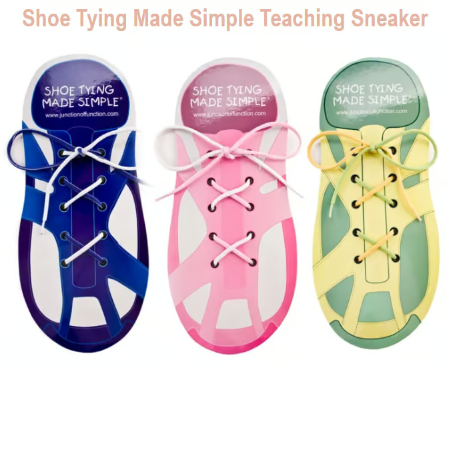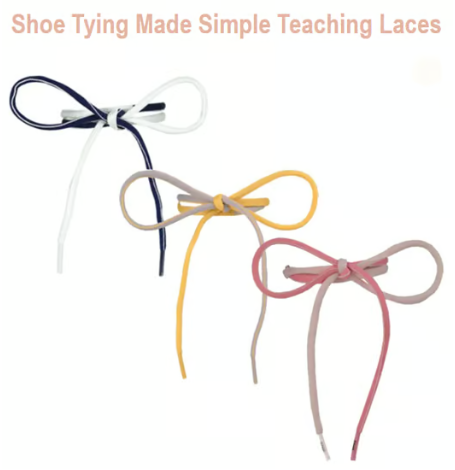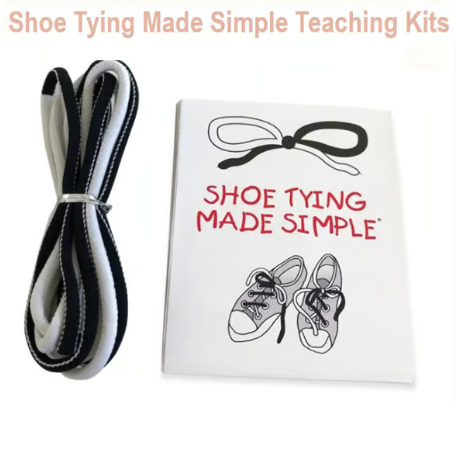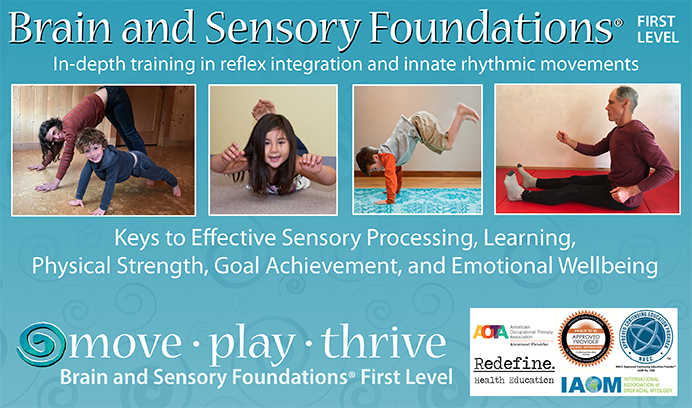For more information about innate movements, subscribe to our free monthly newsletter!
|
Greetings, An important foundational step in the life of a child is Research shows that innate infant movements drive the Specifically, when Hand reflexes — such as the Palmar/Babkin |
The hands and mouth are connected by reflexes in infancy. That is why retained hand reflexes are often seen with speech challenges, drooling, movements of the mouth while moving the hands, and tension in the jaw.
Poorly developed hand reflexes can have an impact in the classroom. Richards et al. (2022) state: "Primitive reflex retention may interfere with handwriting development. In a cross-sectional study, we explored a possible relationship between reflex retention and handwriting difficulties among 74 children ages 7-9 years. We found that more children with handwriting difficulties had reflex retention, and reflex retention was associated with handwriting ability, after controlling for vision, implying a likely need to address reflex integration (p. 1)."
Other retained reflexes may also be involved in cases of fine motor deficits. In a mixed methods study of 40 Australian Indigenous children (4.6 to 5 years), Callcott (2012) found that 65% of the children had a retained Asymmetrical Tonic Neck Reflex (ATNR) that was significantly associated with poor fine motor skills and delays in school readiness. School readiness was determined by evaluating fine motor abilities such as cutting with scissors, drawing figures, and copying. For those children with moderate to high levels of retained ATNR, teacher reports also revealed behaviors such as inattention, hyperactivity, and impulsivity (Callcott, 2012).
The effects of retained reflexes can go beyond physical deficits. A lack of gross and fine motor skills is associated with peer victimization (Øksendal et al., 2022) and may affect self-esteem resulting in withdrawal from physical activities (Missiuna et al., 2003 as quoted in Callcott, 2012).
Movements — like those taught in the Brain and Sensory Foundations program — are an important key for helping individuals of all ages develop gross and fine motor skills. For example, Brown (2010) evaluated a program with 65 preschool children, comparing a reflex-based movement intervention to a control intervention, to determine its impact on fine motor skills. The results from the study provided evidence that the reflex-based movement intervention had a significant effect on improving the children’s fine motor skills.
For anyone who struggles with fine motor skills, the innate rhythmic and reflex integration movements are simple yet powerful tools to lay the groundwork for developing the hands, fingers, brain, and sensory systems, which leads naturally to improvements in fine motor ability. Want to see some real-life visuals showing how movements can make a powerful difference? See stunning "before and after" samples here and here. Help us to spread the word; please share this with friends and colleagues.
Best wishes,
Sonia P
P.S. Check out clever tools to help with the important fine-motor skill of shoe-tying. These innovative products by Kelly Wilk-Downs can be a life-saver for parents whose kids struggle with this important task.
Shoe Tying Made Fun!
Learning to tie their own shoes can be a sweet rite of passage in a child’s life – one of many tiny steps toward independence. But, shoe-tying can also be a challenge – one filled with stress as a child and parents struggle to get out the door each morning . OT Kelly Wilk-Downs developed something to help. Shoe Tying Made Simple products give you an easy way to guide children in learning this important life skill.
|
|
|
Be empowered with the Brain and Sensory Foundations course.
Train the Brain for Functional Gain!




